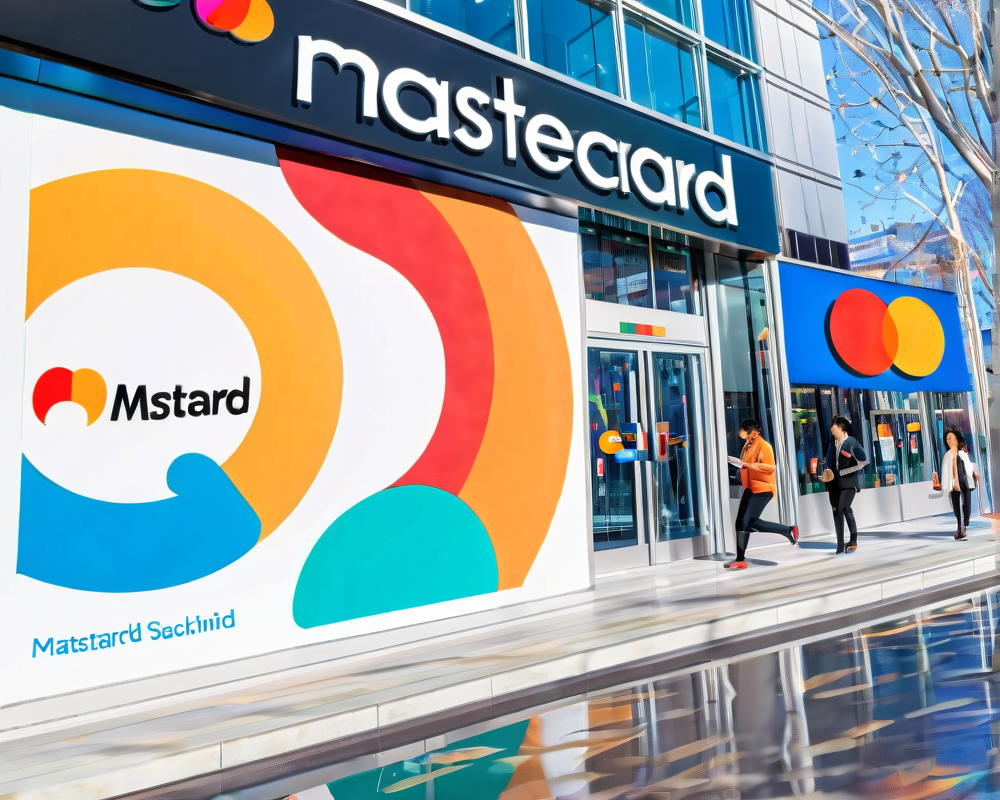Unraveling the Patent
Mastercard has recently made strides in blockchain technology by filing a patent aimed at enhancing the activation speed of new nodes within a blockchain network. This application, initially submitted back in 2016, was officially published by the U.S. Patent and Trademark Office on April 26. Talk about playing the long game!
What’s the Trouble with New Nodes?
New nodes, which are essential components in a blockchain network, face a monumental task when it comes to activation. Imagine needing to verify an overwhelming number of transaction records that could be in the thousands, millions, or even billions. This is like trying to confirm your high school GPA after 20 years—nobody’s got time for that! The current setup causes significant delays before the new nodes can even join the party.
Fast Track Flags to the Rescue
So, how does Mastercard propose to speed things up? The solution involves “fast track flags” embedded in block headers. This nifty little trick allows new nodes to efficiently navigate through the blockchain by identifying blocks that have activated these flags. You could say it’s like using a FastPass at an amusement park—skip the lines and get right to the rides!
The Verification Process
The verification process involves checking the timestamps and hashing the blocks, ensuring that the newer blocks correlate with their earlier fast track counterparts. It’s a clever approach that promises to pack a punch in terms of speed and efficiency.
Mastercard’s Blockchain Ambitions
Mastercard isn’t just dipping its toes into the blockchain pool; it’s diving in headfirst! With over 30 patents aimed at advancing blockchain tech and cryptocurrency, the company’s commitment to innovation is clear. Recent patents also focus on secure identity data storage, aiming to tackle fraud. Yet, despite this enthusiasm, they’ve made it crystal clear—they’re not fans of Bitcoin.
Corporate Stance on Digital Currency
In the corporate chess match of cryptocurrency, Mastercard appears to be pro-blockchain but not so keen on non-government issued currencies. The ongoing debate in corporate halls and fintech forums rages on, albeit it seems Mastercard’s CEO is playing a different game with the “junk” card. The company is more interested in exploring Central Bank Digital Currencies (CBDCs), a move that seems to resonate more with their strategy.
Conclusion: The Bigger Picture
Mastercard’s bold steps in patenting technologies to improve blockchain operations reflect the company’s strategic vision for the future of digital transactions. As they continue to navigate this complex landscape, the implications for blockchain efficiency—and their relationship with traditional cryptocurrencies—are worth keeping an eye on.















+ There are no comments
Add yours